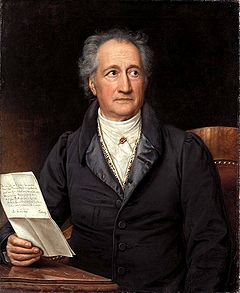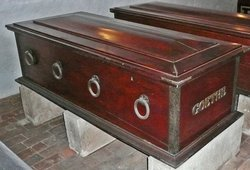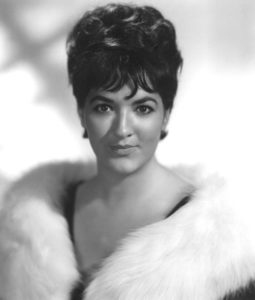 On this day in 1631, English cleric and poet, John Donne died at the age of 59 in London. Born 22 January 1572 in London. Donne is considered the pre-eminent representative of the metaphysical poets. His works are noted for their strong, sensual style and include sonnets, love poems, religious poems, Latin translations, epigrams, elegies, songs, satires and sermons. His poetry is noted for its vibrancy of language and inventiveness of metaphor, especially compared to that of his contemporaries. Donne’s style is characterised by abrupt openings and various paradoxes, ironies and dislocations. These features, along with his frequent dramatic or everyday speech rhythms, his tense syntax and his tough eloquence, were both a reaction against the smoothness of conventional Elizabethan poetry and an adaptation into English of European baroque and mannerist techniques. His early career was marked by poetry that bore knowledge of English society and he met that knowledge with sharp criticism. Another important theme in Donne’s poetry is the idea of true religion, something that he spent much time considering and about which he often theorized. He wrote secular poems as well as erotic and love poems. He spent much of the money he inherited during and after his education on womanising, literature, and travel. In 1601, Donne secretly married Anne More, with whom he had twelve children. In 1615, he became an Anglican priest.
On this day in 1631, English cleric and poet, John Donne died at the age of 59 in London. Born 22 January 1572 in London. Donne is considered the pre-eminent representative of the metaphysical poets. His works are noted for their strong, sensual style and include sonnets, love poems, religious poems, Latin translations, epigrams, elegies, songs, satires and sermons. His poetry is noted for its vibrancy of language and inventiveness of metaphor, especially compared to that of his contemporaries. Donne’s style is characterised by abrupt openings and various paradoxes, ironies and dislocations. These features, along with his frequent dramatic or everyday speech rhythms, his tense syntax and his tough eloquence, were both a reaction against the smoothness of conventional Elizabethan poetry and an adaptation into English of European baroque and mannerist techniques. His early career was marked by poetry that bore knowledge of English society and he met that knowledge with sharp criticism. Another important theme in Donne’s poetry is the idea of true religion, something that he spent much time considering and about which he often theorized. He wrote secular poems as well as erotic and love poems. He spent much of the money he inherited during and after his education on womanising, literature, and travel. In 1601, Donne secretly married Anne More, with whom he had twelve children. In 1615, he became an Anglican priest.
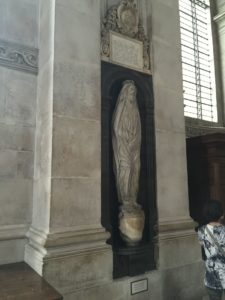 The Final Footprint – Donne was entombed in old St Paul’s Cathedral, where a memorial statue of him was erected (carved from a drawing of him in his shroud), with a Latin epigraph probably composed by himself. Donne’s monument survived the 1666 fire, and is on display in the present building. An excerpt from “Meditation 17 Devotions Upon Emergent Occasions” serves as the opening for Ernest Hemingway’s For Whom The Bell Tolls, and also produces the book’s title:
The Final Footprint – Donne was entombed in old St Paul’s Cathedral, where a memorial statue of him was erected (carved from a drawing of him in his shroud), with a Latin epigraph probably composed by himself. Donne’s monument survived the 1666 fire, and is on display in the present building. An excerpt from “Meditation 17 Devotions Upon Emergent Occasions” serves as the opening for Ernest Hemingway’s For Whom The Bell Tolls, and also produces the book’s title:
… any mans death diminishes me, because I am involved in Mankinde; And therefore never send to know for whom the bell tolls; It tolls for thee..
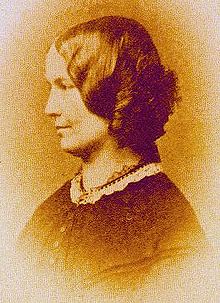 On this day in 1855, sister of Emily and Anne, novelist and poet, Charlotte Bronte died with her unborn child, aged 38 in Haworth, West Riding of Yorkshire, England. Born in Thornton, west of Bradford in the West Riding of Yorkshire, on 21 April 1816. The eldest of the three Brontë sisters who survived into adulthood and whose novels have become classics of English literature. She first published her works (including her best known novel, Jane Eyre) under the pen name Currer Bell. Charlotte received a proposal of marriage from Arthur Bell Nicholls, her father’s curate, who had long been in love with her. She initially turned down his proposal and her father objected to the union at least partly because of Nicholls’s poor financial status. Charlotte became increasingly attracted to Nicholls and by January 1854 she had accepted his proposal. They gained the approval of her father by April and married in June. They took their honeymoon in Banagher, Co. Offaly, Ireland.
On this day in 1855, sister of Emily and Anne, novelist and poet, Charlotte Bronte died with her unborn child, aged 38 in Haworth, West Riding of Yorkshire, England. Born in Thornton, west of Bradford in the West Riding of Yorkshire, on 21 April 1816. The eldest of the three Brontë sisters who survived into adulthood and whose novels have become classics of English literature. She first published her works (including her best known novel, Jane Eyre) under the pen name Currer Bell. Charlotte received a proposal of marriage from Arthur Bell Nicholls, her father’s curate, who had long been in love with her. She initially turned down his proposal and her father objected to the union at least partly because of Nicholls’s poor financial status. Charlotte became increasingly attracted to Nicholls and by January 1854 she had accepted his proposal. They gained the approval of her father by April and married in June. They took their honeymoon in Banagher, Co. Offaly, Ireland.
The Final Footprint – Charlotte is entombed with her parents (Maria and Patrick), her sisters (Maria, Elizabeth, and Emily), and her brother Branwell, in the Brontë family vault in the Church of St Michael and All Angels at Haworth.
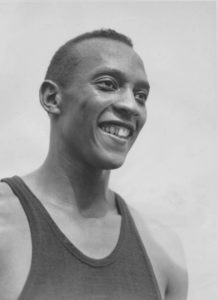 On this day in 1980, track and field athlete, four-time gold medalist in the 1936 Olympic Games, Jesse Owens died from lung cancer at age 66 in Tucson, Arizona. Born James Cleveland Owens on September 12, 1913 in Oakville, Alabama.
On this day in 1980, track and field athlete, four-time gold medalist in the 1936 Olympic Games, Jesse Owens died from lung cancer at age 66 in Tucson, Arizona. Born James Cleveland Owens on September 12, 1913 in Oakville, Alabama.
Owens specialized in the sprints and the long jump. He set three world records and tied another, all in less than an hour at the 1935 Big Ten track meet in Ann Arbor, Michigan. He achieved international fame at the 1936 Summer Olympics in Berlin, Germany by winning four gold medals: 100 meters, 200 meters, long jump, and 4 × 100 meter relay. He was the most successful athlete at the Games and, as a black man, was credited with crushing Hitler’s myth of Aryan supremacy. But he still was not invited to the White House to shake hands with the President Franklin D. Roosevelt.
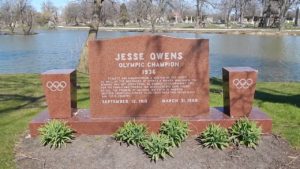 The Final Footprint
The Final Footprint
He was buried at Oak Woods Cemetery in Chicago. Other notable final footprints at Oak Woods include; Otis Clay, Enrico Fermi, and Junior Wells.
 On this day in 1993, actor and martial artist Brandon Lee died in Wilmington, North Carolina during surgery after being injured on the set of The Crow after being shot by a faulty prop gun that fired the tip of a dummy round that was accidentally lodged in the chamber. He was 28. Born Brandon Bruce Lee on February 1, 1965 in Oakland, California. He was the first child of martial artist and actor Bruce Lee and teacher Linda Lee Cadwell (née Emery), the grandson of Cantonese opera singer Lee Hoi-chuen, and brother of Shannon Lee.
On this day in 1993, actor and martial artist Brandon Lee died in Wilmington, North Carolina during surgery after being injured on the set of The Crow after being shot by a faulty prop gun that fired the tip of a dummy round that was accidentally lodged in the chamber. He was 28. Born Brandon Bruce Lee on February 1, 1965 in Oakland, California. He was the first child of martial artist and actor Bruce Lee and teacher Linda Lee Cadwell (née Emery), the grandson of Cantonese opera singer Lee Hoi-chuen, and brother of Shannon Lee.
Lee started his career with a supporting role in the 1986 ABC television film Kung Fu: The Movie. Shortly after he became a leading man in low-budget action films made outside of the US during the mid-to-late 1980s, such as Legacy of Rage (1986) and Laser Mission (1989). In the 1990s, he started to work with major Hollywood studios starring in Showdown in Little Tokyo (1991) and Rapid Fire (1992). In 1992, he landed his breakthrough role as Eric Draven in The Crow, based on the comic book of the same name, which would be his final film. The film was completed by re-writing the script, CGI, and stunt doubles, and released one year after Lee’s death to critical and commercial success.
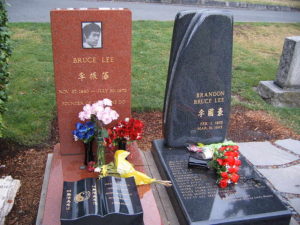 The Final Footprint
The Final Footprint
Lee’s body was flown to Jacksonville, North Carolina, where an autopsy was performed. He was then flown to Seattle, Washington, where he was buried next to his father at the Lake View Cemetery in a plot that his mother had originally reserved for herself. A private funeral took place in Seattle on April 3, 1993. Only close family and friends were permitted to attend, including Lee’s immediate family as well as fiancée Eliza Hutton’s parents and younger sister, who flew in from Missouri. The following day, 250 of Lee’s family, friends and business associates attended a memorial service in Los Angeles, held at the house of actress Polly Bergen.
The gravestone, designed by North Snohomish County sculptor Kirk McLean, is a tribute to Lee and Hutton. Its two twisting rectangles of charcoal granite join at the bottom and pull apart at the top. “It represents Eliza and Brandon, the two of them, and how the tragedy of his death separated their mortal life together”, said his mother, who described her son, like his father before him, as a poetic, romantic person.
 On this day in 1995, singer-songwriter, Grammy winner, The Queen of Tejano, Selena was murdered in Corpus Christi, Texas at the age of 23. Born Selena Quintanilla on 16 April 1971 in Freeport Community Hospital in Lake Jackson, Texas. The most successful and popular star in the history of Tejano music. Her world-wide appeal extended far beyond Tejano. Selena was killed by Yolanda Saldivar, the president of her fan club and manager of the singer’s chain of beauty salons and boutiques. Selena believed that Saldivar had stolen over $30,000 from her businesses. Selena was married to Chris Pérez.
On this day in 1995, singer-songwriter, Grammy winner, The Queen of Tejano, Selena was murdered in Corpus Christi, Texas at the age of 23. Born Selena Quintanilla on 16 April 1971 in Freeport Community Hospital in Lake Jackson, Texas. The most successful and popular star in the history of Tejano music. Her world-wide appeal extended far beyond Tejano. Selena was killed by Yolanda Saldivar, the president of her fan club and manager of the singer’s chain of beauty salons and boutiques. Selena believed that Saldivar had stolen over $30,000 from her businesses. Selena was married to Chris Pérez.
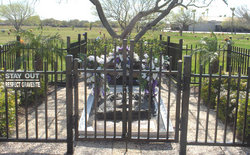 The Final Footprint – Selena is interred in Seaside Memorial Park in Corpus Christi in a private estate. Pavers lead up to the estate. Her grave is enclosed in a gated fence. The grave itself is marked by a full ledger bronze marker featuring a relief of her face and the inscription; “HE WILL ACTUALLY SWALLOW UP DEATH FOREVER, AND THE SOVEREIGN LORD JEHOVAH WILL CERTAINLY WIPE THE TEARS FROM ALL FACES”. ISIAH 25:8 On 12 April 1995, two weeks after her death, George W. Bush, governor of Texas at the time, declared her birthday “Selena Day” in Texas. Warner Bros. produced Selena (1997), a film based on her life starring Jennifer Lopez. Selena’s life was also the basis of the musical Selena Forever starring Veronica Vazquez. In June 2006, Selena was commemorated with a museum and a bronze life-sized statue, Mirador de la Flor, in Corpus Christi. Selena ¡VIVE!
The Final Footprint – Selena is interred in Seaside Memorial Park in Corpus Christi in a private estate. Pavers lead up to the estate. Her grave is enclosed in a gated fence. The grave itself is marked by a full ledger bronze marker featuring a relief of her face and the inscription; “HE WILL ACTUALLY SWALLOW UP DEATH FOREVER, AND THE SOVEREIGN LORD JEHOVAH WILL CERTAINLY WIPE THE TEARS FROM ALL FACES”. ISIAH 25:8 On 12 April 1995, two weeks after her death, George W. Bush, governor of Texas at the time, declared her birthday “Selena Day” in Texas. Warner Bros. produced Selena (1997), a film based on her life starring Jennifer Lopez. Selena’s life was also the basis of the musical Selena Forever starring Veronica Vazquez. In June 2006, Selena was commemorated with a museum and a bronze life-sized statue, Mirador de la Flor, in Corpus Christi. Selena ¡VIVE!
#RIP #OTD in 2003, pinup model, scream queen actress (Black Friday, The Black Cat, House of Frankenstein), grandmother of Chris Pine, Anne Gwynne died ; stroke at the Motion Picture Country Hospital in Woodland Hills, California aged 84. Cremated remains scattered at sea.
Have you planned yours yet?
Follow TFF on twitter @RIPTFF

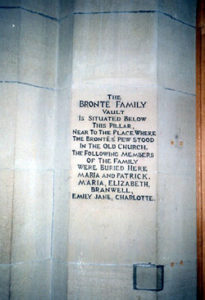
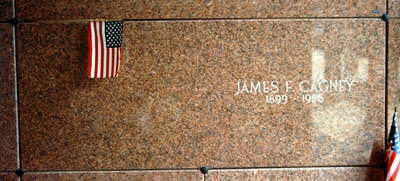
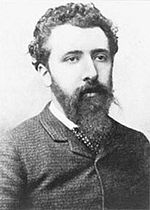
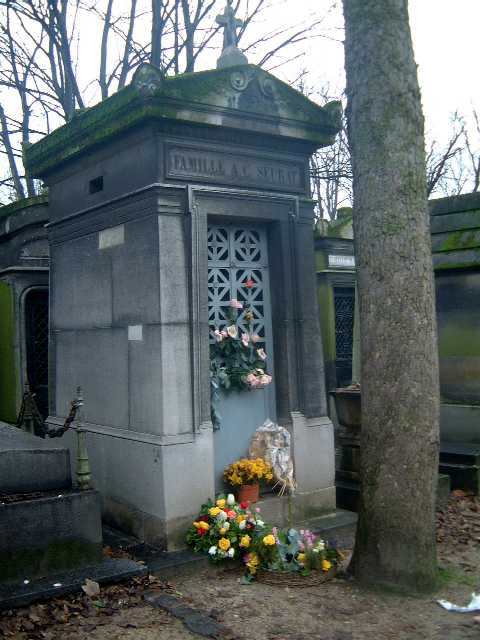

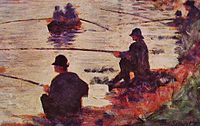

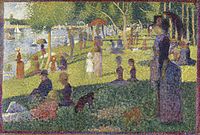


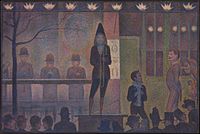
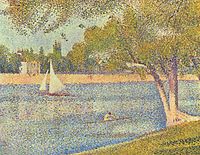
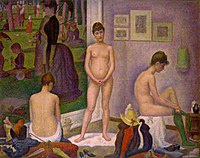



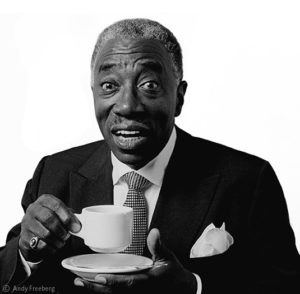
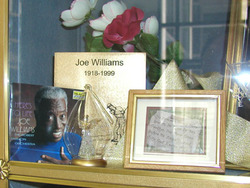
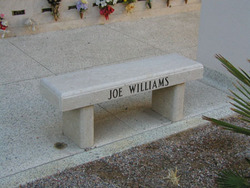
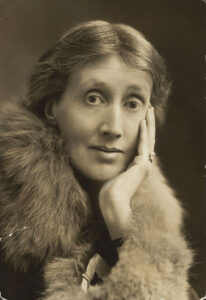
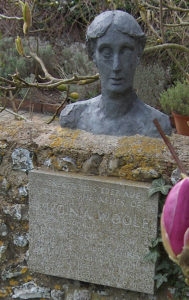
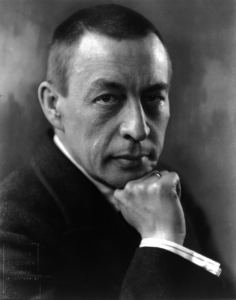

 On this day in 1969, five-star general and the 34th President of the United States, Ike, Dwight David Eisenhower died of congestive heart failure at Walter Reed Army Hospital in Washington D.C. at the age of 78. Born 14 October 1890 in Denison, Texas. During World War II, he served as Supreme Commander of the Allied forces in Europe, with responsibility for planning and supervising the successful invasion of France and Germany in 1944–45. In 1951, he became the first supreme commander of NATO. A Republican, Eisenhower entered the 1952 presidential race and won by a landslide, defeating Democrat Adlai Stevenson and ending two decades of the New Deal Coalition holding the White House. In the 1956 election, he would again face Stevenson, easily winning re-election. Richard M. Nixon would serve as his vice president for both of his terms in office. Eisenhower graduated from the U. S. Military Academy in West Point. He married Mary Geneva “Mamie”Doud (1916-1969 his death). Eisenhower retired to the place where he and Mamie had spent much of their post-war time, a working farm adjacent to the battlefield at Gettysburg, Pennsylvania.
On this day in 1969, five-star general and the 34th President of the United States, Ike, Dwight David Eisenhower died of congestive heart failure at Walter Reed Army Hospital in Washington D.C. at the age of 78. Born 14 October 1890 in Denison, Texas. During World War II, he served as Supreme Commander of the Allied forces in Europe, with responsibility for planning and supervising the successful invasion of France and Germany in 1944–45. In 1951, he became the first supreme commander of NATO. A Republican, Eisenhower entered the 1952 presidential race and won by a landslide, defeating Democrat Adlai Stevenson and ending two decades of the New Deal Coalition holding the White House. In the 1956 election, he would again face Stevenson, easily winning re-election. Richard M. Nixon would serve as his vice president for both of his terms in office. Eisenhower graduated from the U. S. Military Academy in West Point. He married Mary Geneva “Mamie”Doud (1916-1969 his death). Eisenhower retired to the place where he and Mamie had spent much of their post-war time, a working farm adjacent to the battlefield at Gettysburg, Pennsylvania.

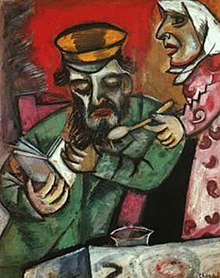



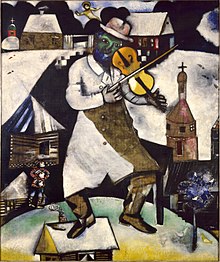



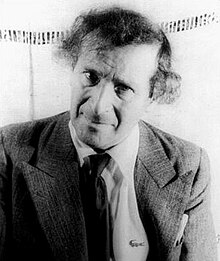



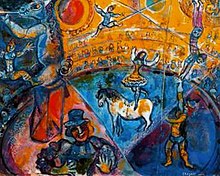
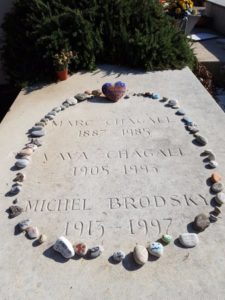







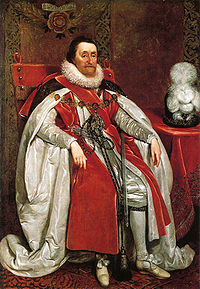
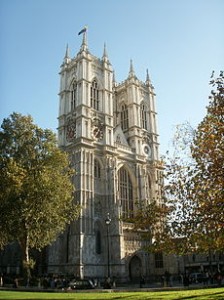
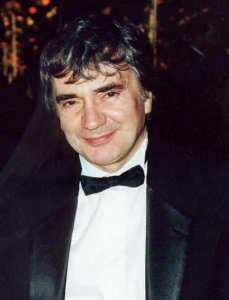
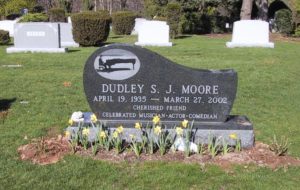


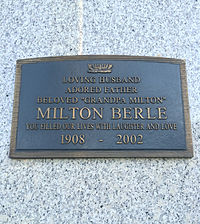
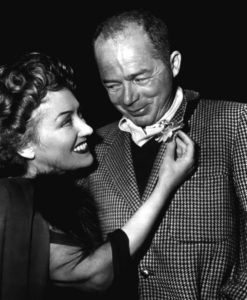

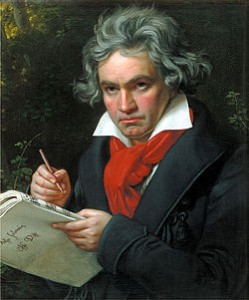
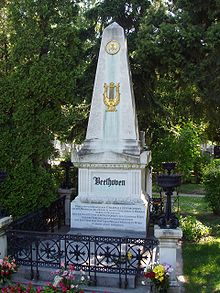
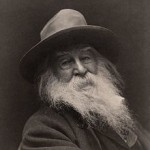
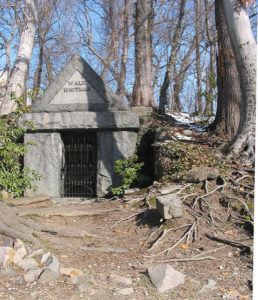
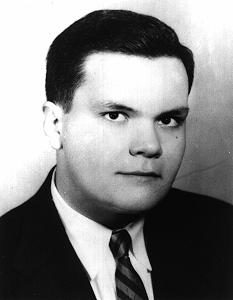
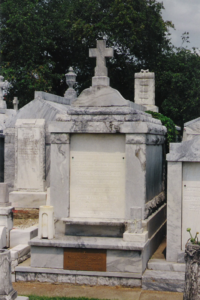
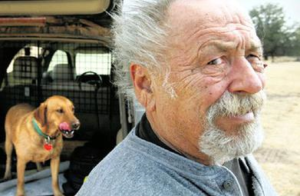
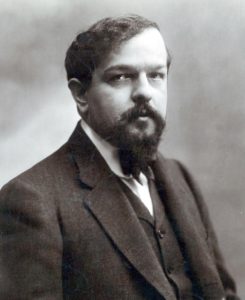
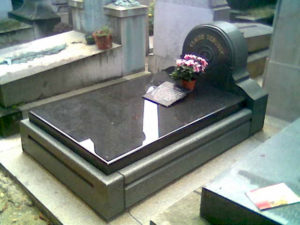
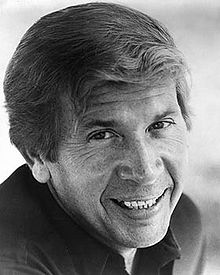 On this day in 2006, singer and songwriter, Buck Owens died in his sleep at his ranch in Bakersfield, California at the age of 76. Born Alvis Edgar Owens, Jr. on 12 August 1929 in Sherman, Texas. Evidently Buck was a donkey on the Owens farm and one day Alvis, Jr. announced that his name was also Buck and it stuck. Owens settled in Bakersfield in 1951 and pioneered what came to be known as the Bakersfield sound. From 1969 to 1986, Owens co-hosted the TV series Hee Haw with Roy Clark. My favorite Owens’ songs are “Together Again” and “Love’s Gonna Live Here.”
On this day in 2006, singer and songwriter, Buck Owens died in his sleep at his ranch in Bakersfield, California at the age of 76. Born Alvis Edgar Owens, Jr. on 12 August 1929 in Sherman, Texas. Evidently Buck was a donkey on the Owens farm and one day Alvis, Jr. announced that his name was also Buck and it stuck. Owens settled in Bakersfield in 1951 and pioneered what came to be known as the Bakersfield sound. From 1969 to 1986, Owens co-hosted the TV series Hee Haw with Roy Clark. My favorite Owens’ songs are “Together Again” and “Love’s Gonna Live Here.”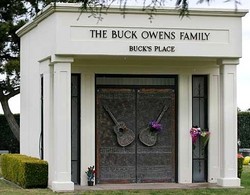
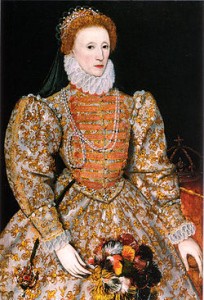
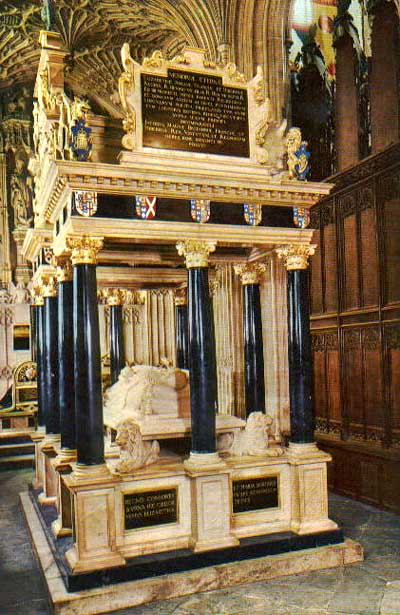
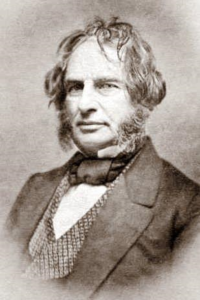

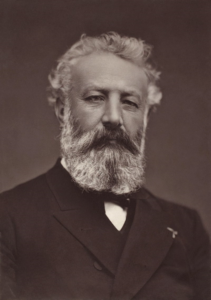

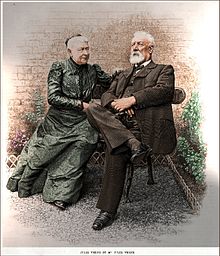
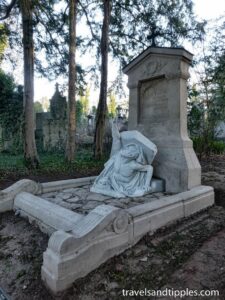


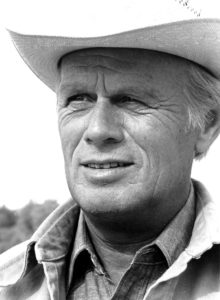
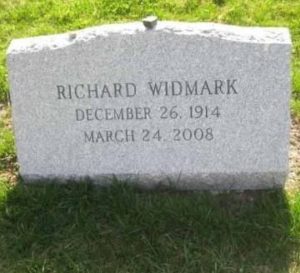

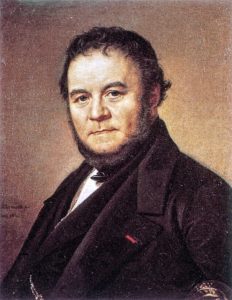
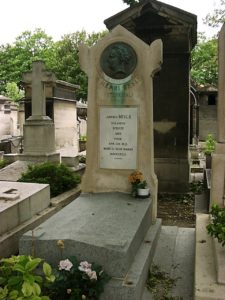
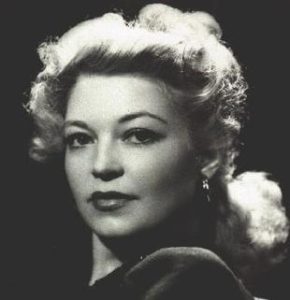
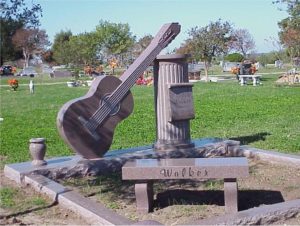 The Final Footprint
The Final Footprint
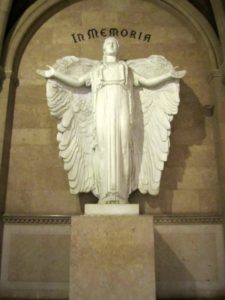 The Final Footprint – Taylor was entombed in the Great Mausoleum at Forest Lawn Memorial Park in Glendale, California, the day after her death in accordance with Jewish custom. The Great Mausoleum was fashioned after Campo Santo in Genoa, Italy and contains many of the most highly sought after final resting spaces within Forest Lawn Glendale. Within the Great Mausoleum is the Court of Honor where individuals are inducted as “Immortals” by Forest Lawn’s Council of Regents and the structure is protected by guards and is not accessible by the public. Time Magazine described it as the “New World’s Westminster Abbey”. Other notable Final Footprints at Forest Lawn Glendale include; L. Frank Baum, Humphrey Bogart, Lon Chaney, Nat King Cole, Natalie Cole, Sam Cooke, Dorothy Dandridge, Walt, Disney, Don Drysdale, Errol Flynn, Clark Gable, Jean Harlow, Michael Jackson, Louis L’Amour, Lash LaRue, Carole Lombard, Ida Lupino, Tom Mix, Merle Oberon, Red Skelton, Casey Stengel, Jimmy Stewart, Spencer Tracy, and Bobby Womack.
The Final Footprint – Taylor was entombed in the Great Mausoleum at Forest Lawn Memorial Park in Glendale, California, the day after her death in accordance with Jewish custom. The Great Mausoleum was fashioned after Campo Santo in Genoa, Italy and contains many of the most highly sought after final resting spaces within Forest Lawn Glendale. Within the Great Mausoleum is the Court of Honor where individuals are inducted as “Immortals” by Forest Lawn’s Council of Regents and the structure is protected by guards and is not accessible by the public. Time Magazine described it as the “New World’s Westminster Abbey”. Other notable Final Footprints at Forest Lawn Glendale include; L. Frank Baum, Humphrey Bogart, Lon Chaney, Nat King Cole, Natalie Cole, Sam Cooke, Dorothy Dandridge, Walt, Disney, Don Drysdale, Errol Flynn, Clark Gable, Jean Harlow, Michael Jackson, Louis L’Amour, Lash LaRue, Carole Lombard, Ida Lupino, Tom Mix, Merle Oberon, Red Skelton, Casey Stengel, Jimmy Stewart, Spencer Tracy, and Bobby Womack.